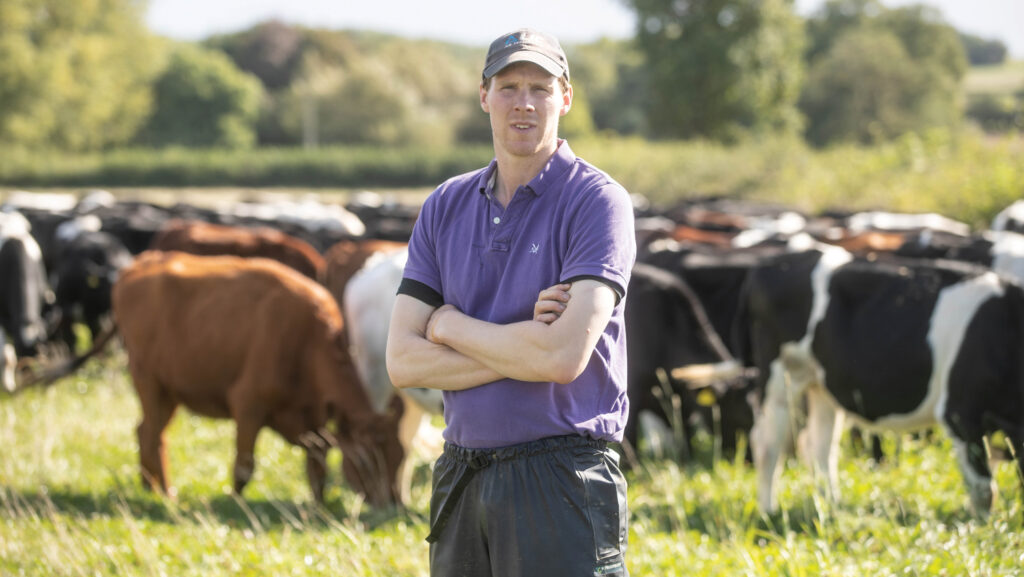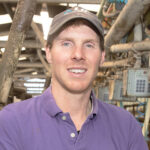Farmer Focus: Extra land gives us resilience in winter forage
 © Tim Scrivener
© Tim Scrivener A delightful spell of weather in March has catered for an easy turnout, which has been comparatively less demanding than previous springs.
Production remains up on the past year, due to a higher peak yield having been achieved.
This is mostly down to a tighter block, but nutritional factors such as improved transition management have certainly contributed.
See also: Silage calculations save on feed for autumn block-calver
Our final pregnancy session was positive, finishing up after 11 weeks of serving with 5% empty on the heifers and 9% for the cows.
Our six-week in-calf rate is 78% for the cows and 88% for the heifers. This leaves us with a few options for selling any in-calf cows surplus to requirement.
This is my final article for Farmers Weekly. It’s been a privilege to write about our farm business for the past four years, over what’s been an interesting period, dealing with situations from extreme weather (drought or severe waterlogging), to TB outbreaks and, more recently, social media spreading misinformation on Bovaer.
The whole agricultural industry has faced a huge blow from this government and there are still considerable challenges to come.
From a dairy perspective, issues with the environment and emissions control will continue to apply pressure and add cost to our systems.
However, as dairy producers, we are producing a perishable, nutritious product with high demand for a growing population both nationally and globally.
We must therefore remain positive about the future of our industry while being resilient to withstand periods of depression.
From an organic perspective, having access to a land area for forage supply is a key insurance policy for times of drought as in 2022, when we were forced to buy in expensive dry matter because of a low supply of organic forage.
This encouraged us to increase our land area – we rented about 100ha (250 acres) – and reduce stocking rate from 1.75 livestock units (LSU)/ha to 1.6 LSU/ha.
We are now in control of both quantity and quality of our forage supply.
Having spent a few years working at the Anderson’s Centre before coming back to the home farm, I think understanding budgeting and cashflow management can’t be underestimated.
It gives the business direction required, to make not only strategic, but also daily decisions in understanding the cost base.

